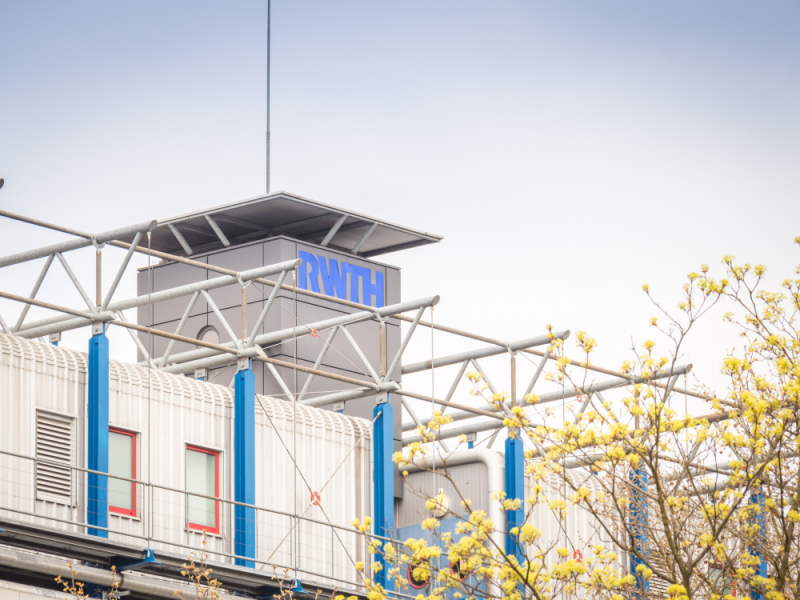Task 2.3 Calculation and simulation
Within this task, the generalized reference cases will be selected and parameterized for every defined scenario. Subsequently, these parameterized reference cases will be used to perform market simulations and calculate the resulting power flows within the European grid for selected scenarios in order to derive specific load profiles coming from the market perspective with regard to the reference sites as defined in the data flow schematic.
In order to determine the mechanical and technical requirements for hydropower plants, in particular with regard to the required short-term transient behavior of those in case of a dimensioning incident with large frequency excursions and high power gradients, time-domain simulations are carried out in this task.
In order to perform these frequency stability simulations, a model for short-term dynamic simulations has to be extended with regard to broadly synchronous coupled electrical grid models with a high nodal resolution. Especially in the NORDEL synchronous area with a more linear, i.e. not densely meshed, grid structure different frequencies may occur at different locations in the power system. Moreover, due to the increase of wind and photovoltaic generation units in the power system, generation units connected via power electronics have to be adequately modeled with respect to their gradients and reduced stabilizing effects for units lacking proper control schemes. The large time-scale of transient phenomena which has to be covered in these simulations impose a numerical challenge. Beside these dynamics, modeled as differential equations, the consideration of a broad electrical grid modeled as algebraic equations will lead to a largescale differential-algebraic equation system. Therefore, a time-domain simulation framework developed at IAEW will be used which is guaranteed to be numerically stable if the system is stable.
The results of this task will be used as an input for the construction of the turbine (WP3) and generator system (WP4) but will also be taken into account when considering the environmental impacts, hydraulic aspects (WP5), and power system integration (WP4).
Deliverables and milestones
D2.3 Data as defined in data flow schematic is distributed to consortium
Milestones:
- MS3 – Hydraulic and mechanical design of the turbine based on empirical data

©IAEW (RWTH)
